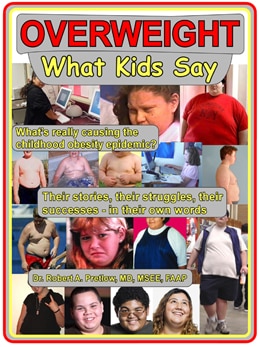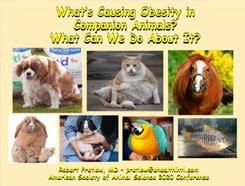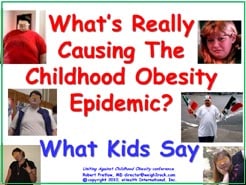
The theme of “obesity versus military readiness” did not fade from public consciousness. A 2013 headline stated the case: “Food a ‘national security issue’ for America.” A message can’t get much plainer than that. Despite the exemplary phrasing, an essay penned by Jason Miks has vanished from the web, though it is referenced on social media.
In it, Anthony Bourdain is quoted:
We are eating ourselves to death. We are largely an unhealthy and increasingly obese and increasingly diabetic country. One can well make the argument that it is eroding our military readiness! And I say that only half in jest.
We are not alone
This was far from being an exclusively American problem. Studying the records of 150,000 Swedish males in their 18th year, and then comparing later information, showed that obese males earned on average (over their lifetimes) 16% less than their normal-weight counterparts.
In terms of disadvantage, this is roughly equivalent to missing out on three years of college. Obviously, many of these Scandinavian hunks would not be accepted by any self-respecting military leadership.
In the same year, financial analysis techniques were also being applied in other areas. Are we ready to explore more costs of obesity that wind up being paid by everyone, regardless of whether they signed up for it? Probably not, but that doesn’t change a thing. Those expenses are woven into the fabric of society.
A multiverse of size
In 2013, a multi-author study (presented to the Tenth International Society of Sports Nutrition Conference) compared four popular weight loss programs in terms of their cost-effectiveness. The researchers started with 129 women of sedentary habits and randomized them into five groups: the Curves Complete 90-Day Challenge; Weight Watchers Points Plus; Jenny Craig; Nutrisystem Advance Select, or no program (the control group).
During the experiment, they averaged the program costs and the food purchase costs for each group. Each participant’s weight, waist circumference, hip circumference, bone mineral content, fat mass, fat-free mass, and peak oxygen uptake were analyzed. With no further suspense, here is the conclusion:
The WW group tended to lose a lot of weight and fat mass per dollar spent, but also lost more fat-free mass resulting in a lower change in body fat percentage. The CC group tended to improve peak oxygen uptake and lose more weight and fat mass while preserving fat-free mass resulting in the greatest change in body fat percentage per dollar spent. This analysis suggests diet plus exercise is more beneficial to health and weight loss than diet alone.
In the same timeframe, a substance called Bisphenol A (commonly known as BPA) was recognized as major-league bad news. In 2014, more than a decade ago, a study conducted by Health Affairs was the first to attach a dollar value to the damage done by BPA, as follows:
Author Leo Trasande found that $2.98 billion in annual costs are attributable to BPA-associated childhood obesity and adult coronary heart disease. Of the $2.98 billion, the study identified $1.49 billion in childhood obesity costs, the first environmentally attributable costs of child obesity to be documented.
The conclusion derived from this information at the time was that the FDA should insist that manufacturers find something else to put in their products instead.
Your responses and feedback are welcome!
Source: “Food a ‘national security issue’ for America,” CNN.com 09/13/13
Source: “Being obese can cost you as much as missing three years of college ” DailyMail.co.uk, 10/09/14
Source: “Analysis of efficacy and cost effectiveness of popular weight loss and fitness programs,” JISSN.com, 12/06/13
Source: “Health Affairs Web First: First-Ever Quantitative Data About The Toll Of BPA Exposure,” HealthAffairs.org, 01/22/14
Image by anaterate/Pixabay

 FAQs and Media Requests:
FAQs and Media Requests: 











